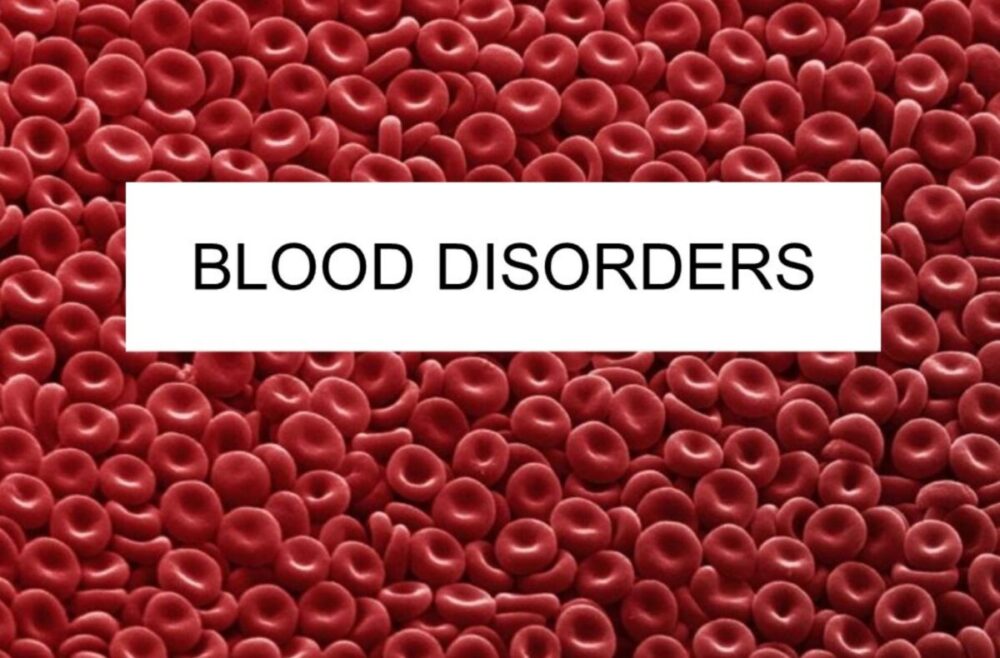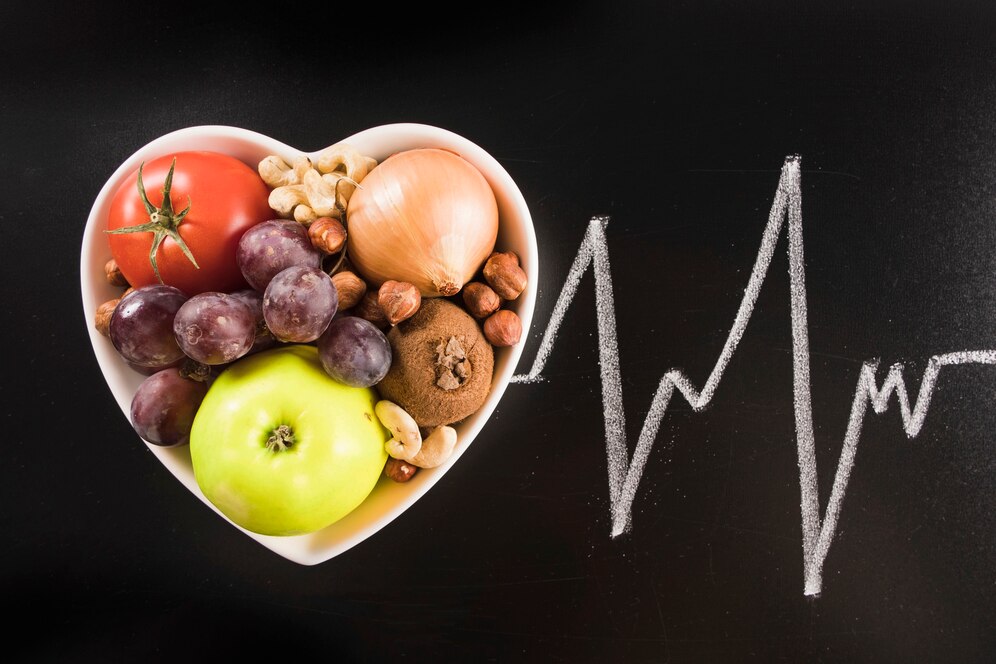Blood disorders are happening more and more often – mostly to middle-aged people, but also to the young ones, and the consequences can sometimes be fatal or serious. To avoid becoming a victim of these unfortunate conditions, it’s rather significant to pay attention to the importance of the health of this segment of the organism. As long as not enough attention is paid to this kind of problems, people risk endangering their health. The structure is quite complex and each of the components has its role, which is what the proper functioning of the body depends on. Red blood cells have the role of transporting oxygen to the tissues, white blood cells play a role in fighting infections, while platelets are crucial in blood clotting. Together with these cells, plasma, bone marrow, and blood vessels, all these form a system that spreads throughout the body.
Each of the components can be subject to minor or major problems that you need to know how to treat and how to act preventively against them. You can read what the most common blood disorders are and how they should be treated below, and you’ll see – the methods of treatment vary from case to case.
1. Anemia
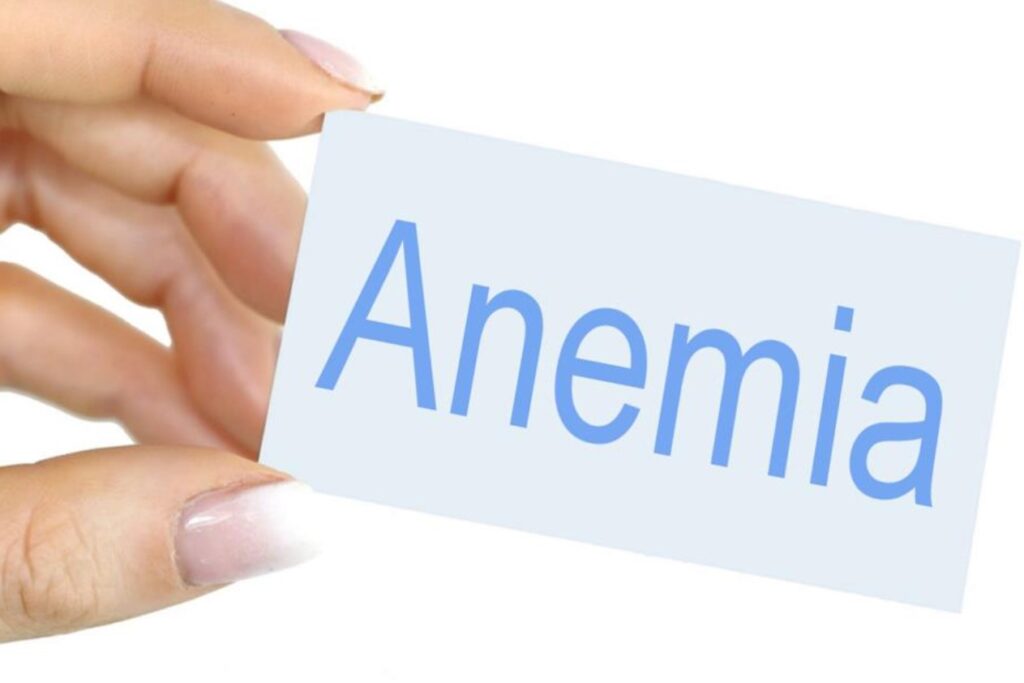
Anemia isn’t so rare today. The symptoms are quite recognizable, so you will easily know that you are anemic if you feel very tired and weak, have a fast heartbeat, or difficulties while breathing. As the cause of this disorder, experts state the lack of red blood cells, which, as we mentioned earlier, play a big role in the transport of oxygen through the body.
People often compensate for the lack of red blood cells on the recommendation of their doctor by increasing the intake of iron, which is necessary for their creation. When people are deficient in iron, the production of red blood cells is difficult. In addition to iron deficiency, anemia might be caused by the overuse of certain medications such as aspirin or, in the case of colon cancer, bleeding in the gastrointestinal tract or during pregnancy.
You can consult your doctor to recommend the best way to replace the iron you need and start treating the condition – and it’s really significant not to do anything alone or without consultations.
2. Leukemia
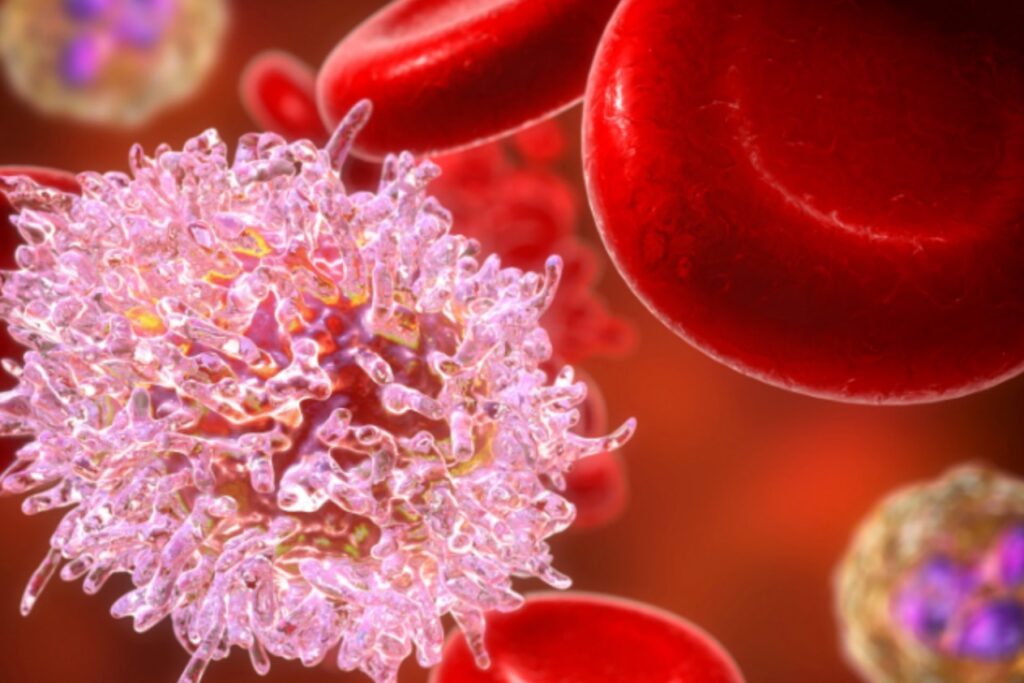
Leukemia is a blood cancer that occurs due to the abnormal proliferation of white blood cells and an increase in the mass of leukocytes. This disorder in a large number of cases affects the youngest and then it’s most often of a malignant character. Some data sources suggest that about 12 people per 100,000 population are affected by different types of leukemia.
It’s divided into acute and chronic and the disorder is such that it progresses very quickly and that is why it’s very important to be noticed on time and start treatment immediately.
Some of the symptoms you may notice are frequent infections, constant fatigue that doesn’t stop even after a long rest, pale skin, shortness of breath, and constant mild fever. In case of injury, the bruises come out immediately, while the cuts heal slowly. You can also notice pain in the bones and joints. As experts explain, the causes are most often genetic factors or factors from the environment to which the person is exposed.
Healing is a very difficult process. It consists of chemotherapy and radiation as well as stem cell transplantation.
3. Lymphoma
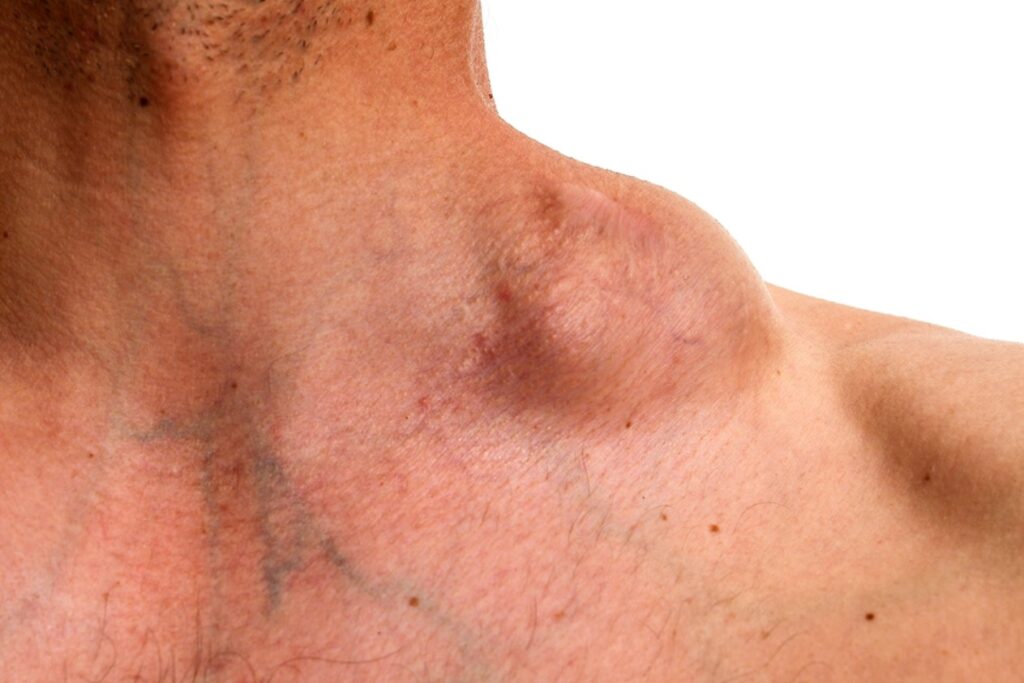
Lymphoma is another malignant disease caused by enlarged lymph nodes. Lymphoma begins its development in the cells of the immune system, which are crucial for fighting infections. These cells are located in the lymph nodes, spleen and bone marrow. Lymphocytes begin to change their shape and grow uncontrollably.
Some of the causes and risk factors include a diet that is considered improper in this case if it’s rich in meat, dairy products, nitrates, and nitrites. You need to pay attention to the lifestyle you live and see what needs to change in order to positively influence the situation you are in. Alcohol, cigarette consumption, and exposure to pesticides can also lead to this disorder.
The symptoms that are characteristic of Lymphoma might not be disturbing at first, so it would be good to consult a doctor for an accurate diagnosis. The ones that usually affect people are fever, swollen glands, night sweats, weight loss, itching and continuous fatigue. As you can see, this can be a clear sign of some other diseases, which is why you are going to need the help of experts.
Treatment consists of some standard treatments specific to other cancer types, so patients are usually recommended for chemotherapy, radiation, immunotherapy, or bone marrow transplantation.
4. Vein thrombosis

Thrombosis is described as the process of blood coagulation during which a clot forms in the cardiovascular system called a thrombus. These clots do not necessarily have to be bad, since in some situations, such as injury, they prevent you from losing a large amount of blood or when it prevents bacteria from penetrating the wound and allows for easier healing. However, sometimes they form on their own unnecessarily and if they reach the heart or lungs through the bloodstream, they can cause pulmonary embolism, stroke or heart failure.
The symptoms that will clearly show you that a clot has formed are various, and some of the most common ones affect the heart, brain, lungs, arms, legs, and stomach. Therefore, if you feel chest pain, rapid breathing, severe headaches and dizziness, swelling in the leg, or intense abdominal pain, you should definitely see a doctor.
Causes include obesity, cigarette consumption, pregnancy, old age, use of oral contraceptives, and genetic coagulation disorders. Some research shows that this risk is especially increased in pregnant women.
The good news is that you can act preventively by trying to lose weight, stop consuming cigarettes, and start engaging in physical activity.
Which treatment will be applied depends on the location of the clot, but also on the patient’s health condition. One method is to use anticoagulants that act as diluents and prevent clotting and you can visit here to learn more about it. Avoid using them in combination with other medications to avoid side effects. One of the options is surgery, as well, but hopefully it’s not necessary if the condition is treated by other methods successfully.
Blood disorders are definitely something we need to educate ourselves more about. No matter how harmless they may seem, the symptoms shouldn’t be ignored, so make sure you consult a doctor and go for an examination anytime you feel extremely tired or any other symptoms. Try to do your best to avoid becoming a victim of the aforementioned diseases – it’s the least you can do for your body and soul.

